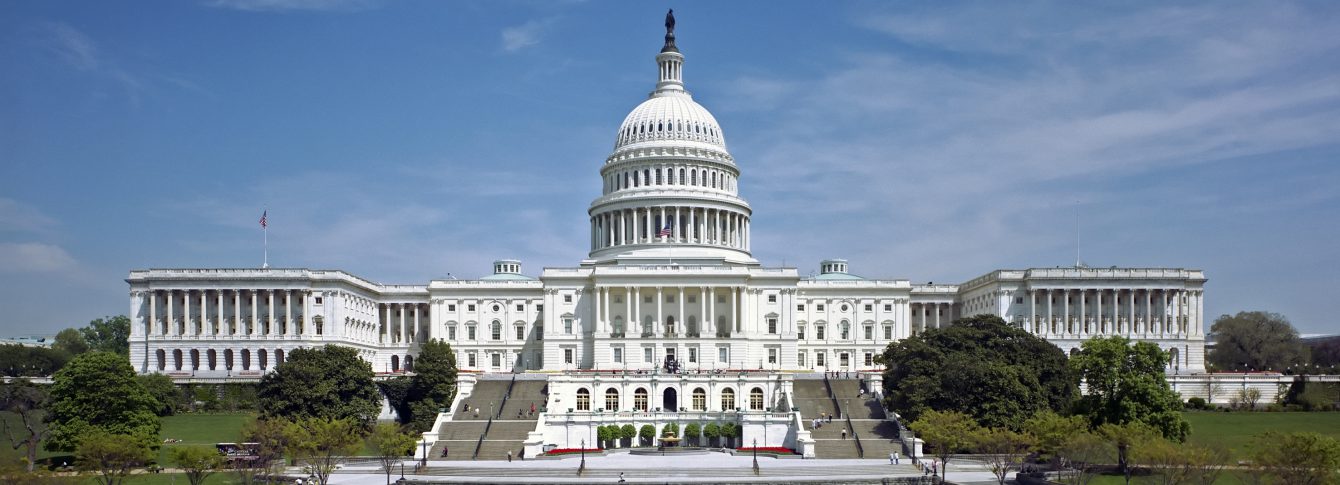Good Government in Action: The National Park Service

Two and a half years into his presidency, President Trump would already have built a hotel and casino on the floor of the Grand Canyon straddling the Colorado River — if he could. No doubt it would be completed with a giant Trump sign, standing atop a towering column that flashed at the eye level of tourists gazing down into the canyon’s South Rim.
What prevents Trump or anyone else from desecrating such pristine, awe-inspiring wilderness? The National Park Service.
The Park Service was created to protect lands such as the Grand Canyon, Grand Tetons, and the Great Smoky Mountains. In addition to overseeing national parks, monuments, and forests, the Park Service also runs historical sites such as Appomattox Courthouse, Valley Forge, Guam’s War in the Pacific National Park, and even the White House.
The Park Service was officially established in 1916, but the movement to conserve our natural resources and remember our common history began much earlier. Thanks to a law signed by President Ulysses S. Grant, Yellowstone National Park became the country’s first national park in 1872. At that time, a state didn’t exist to oversee the park, situated in present-day Montana, Idaho, and Wyoming, so the federal government protected the 3,500 square miles, an area which includes Old Faithful. It was the first national park in the world, a testament to the visionary power of the United States federal government.
Although the Park Service was created during President Woodrow Wilson’s administration, President Theodore Roosevelt propelled the federal government’s embrace of the twin concepts of conservation and sustainability. An avid outdoorsman, Roosevelt saw the land as a precious asset, and his administration established 150 national forests when he created the U.S. Forest Service.
“The time has come to inquire seriously what will happen when our forests are gone,” wrote Roosevelt, “when the coal, the iron, the oil, and the gas are exhausted, when the soils have still further impoverished and washed into the streams, polluting the rivers, denuding the fields and obstructing navigation.”
The foresight of Roosevelt and others led to the preservation of parks and forests throughout the United States, from the Appalachian Trail to Zion National Park. Today, the National Park Service oversees 417 “park units,” and together they are a powerful economic engine.
Although some corporations are eager to mine and deforest areas protected by the Park Service to benefit a small group of shareholders, studies show that these areas drive significant economic benefits that are shared throughout their local communities and beyond. For instance, a 2011 Michigan State study found that for every $1 invested in the Park Service the public receives $4 in economic value. A 2017 study found that 331 million park visitors spent $18.2 billion in local areas near the parks they visited.
Theodore Roosevelt, countering the short-sighted avarice of those who would despoil and pillage our natural resources, summed up the concept behind the conservation movement with this paean to the Grand Canyon:
“In the Grand Canyon, Arizona has a natural wonder which is in kind absolutely unparalleled throughout the rest of the world. I want to ask you to keep this great wonder of nature as it now is. I hope you will not have a building of any kind, not a summer cottage, a hotel or anything else, to mar the wonderful grandeur, the sublimity, the great loneliness and beauty of the canyon. Leave it as it is. You cannot improve on it. The ages have been at work on it, and man can only mar it.”

This was one of my favorites!I’m sending it to Cha cha 🙂